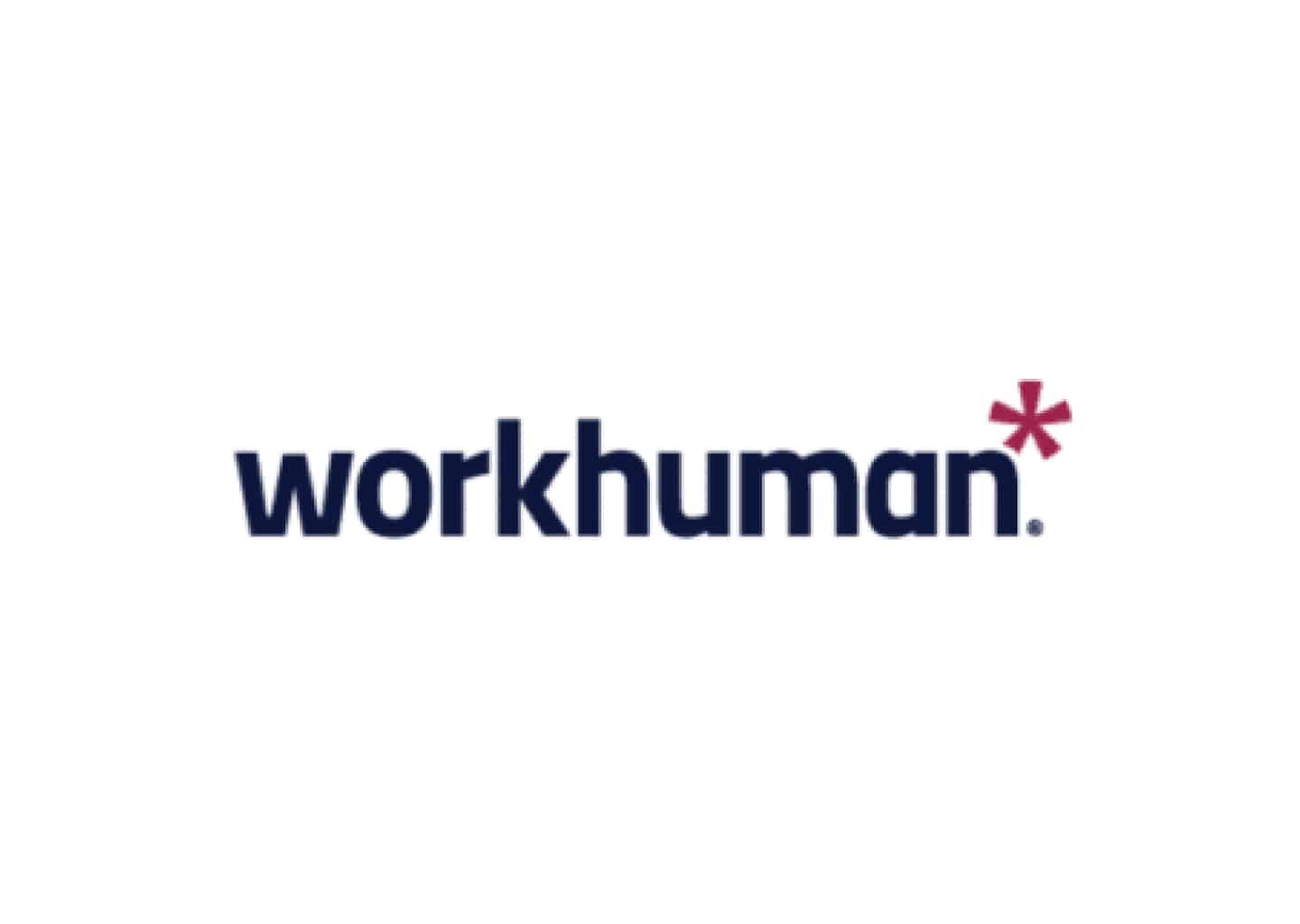One month after Waymo and Uber announced a partnership to bring autonomous ride-hailing to two U.S. cities, a vice president at the ride-sharing app said the company is developing some new gig opportunities for workers to earn money in an autonomous future.
But a situation in which Uber drivers are fully replaced by autonomous vehicles is still a long way off, Camiel Irving, Uber vice president of U.S. and Canada mobility operations, said at the Fortune Most Powerful Women Conference in Laguna Niguel on Monday.
“Mobility needs are infinite,” Irving said. “One of the stats I use is that in America people take, on average, 1,500 journeys a day. Four times a day you go to or from someplace. Today, rideshare is 2% of those journeys. There are so many opportunities to move people that we haven’t even scratched the surface.”
There will be a long period of time where human drivers and autonomous vehicles do trips in tandem, she said. If there ever was a future where autonomous vehicles were the only cars on the road, Irving confirmed Uber would still remain a platform for flexible work outside of driving. Irving left details minimal, however, teasing more specific announcements from Uber in the future.
Irving was joined onstage by Anna Edwin, global head of human resources at private equity firm TPG, and Chrysty Esperanza, chief legal officer of Square and Cash App parent company Block, who both said their companies are using AI in innovative ways to help employees.
At TPG, Edwin said her team recently used AI to more nimbly meet regulatory demands by processing a “massive data set” in five minutes that would have taken a human employee months.
“Everybody is grappling with the same question: How do you create something that is sustainable and doesn’t freak people out that it’s going to replace their jobs?” she said.
AI has been core to Block’s business for years, as the tech company has been using it to monitor transactions and spot credit fraud, Esperanza said. The company’s legal team also uses AI to help with contract management and document review.
“We think about it more as a way to supplement rather than replace,” Esperanza said. “It’s something that can be an accelerator and help people move faster–a way to curate information that is more efficient. That’s something that we want to lean into.”
The Broadsheet: Covers the trends and issues impacting women in and out of the workplace and the women transforming the future of business.
Sign up here.
Credit: Source link











